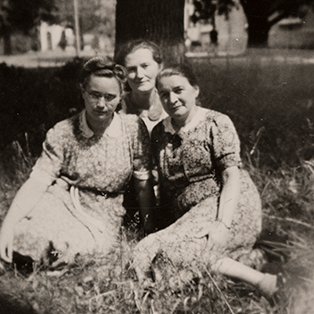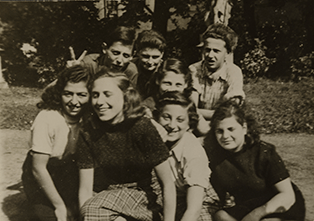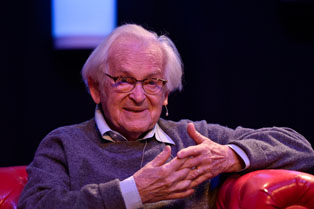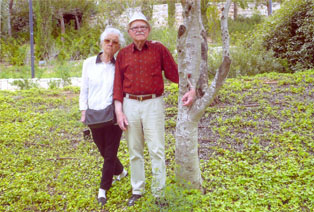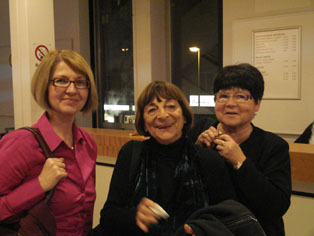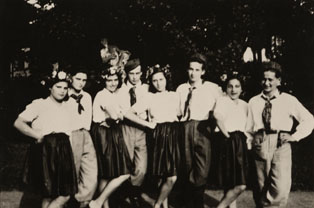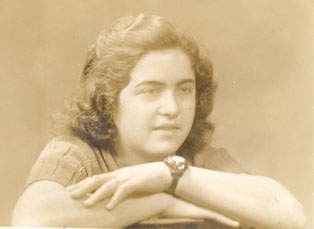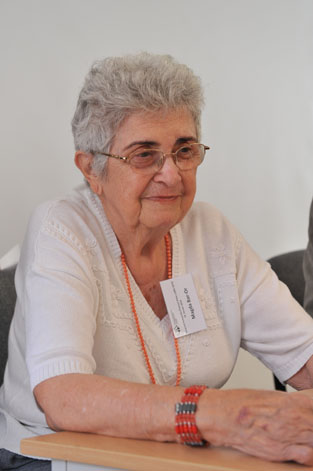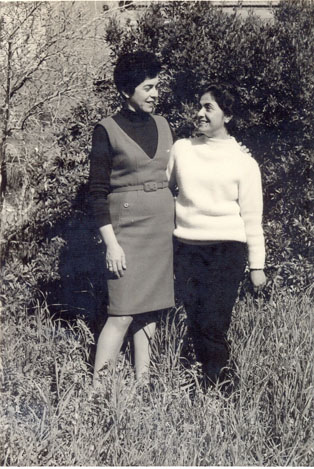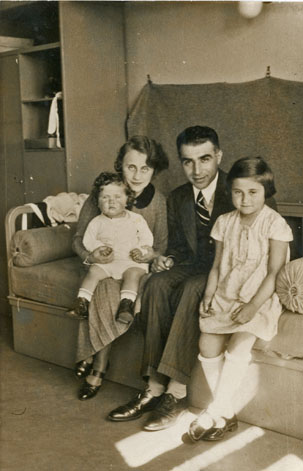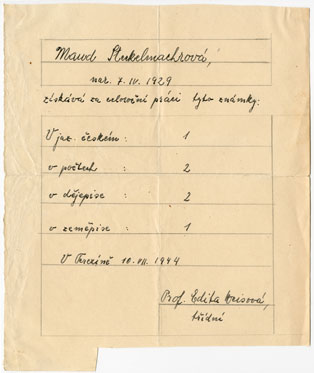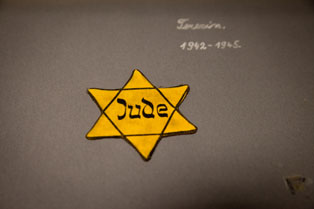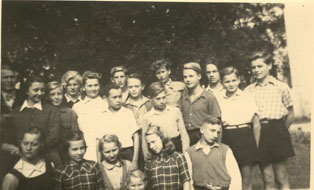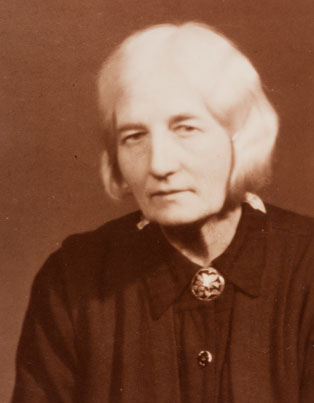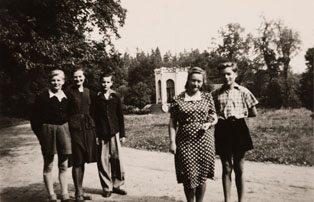In 1945, after the end of II. World War, the first days after the liberation, children from the Terezin Ghetto were quickly evacuated due to typhus epidemic. The castles’ buildings had to be adapted and prepared for the smooth running of sanatoriums, equipped by clothing, footwear and medical equipment. Sanatoriums were supported by UNRRA (United Nations Relief and Rehabilitation Administration founded to help the countries devastated by II. World War) as well as by Czech entrepreneurs and a number of volunteers. After recovering, the children were involved in the education process. Meanwhile P. Pitter with co-workers were searching for children relatives. Most Jewish youth found a new home in Palestine (Israel). But friendly relations with their original homeland are still maintained throughout their lives.
Since the end of July 1945, children from internment camps were brought to the sanatoriums (internment camps for German were known for the terrible conditions). For the accommodation of German children, it was predominantly the castle in Kamenice. For the longest time, Marie Černíková and Dobroslava Štěpánková worked as governesses of German children. These two women found the way to German youth, brought up to the time of superiority and hatred. The reward for women was the love and gratitude the German children gave them also many years after. Some of them are still friends with each other until today.





